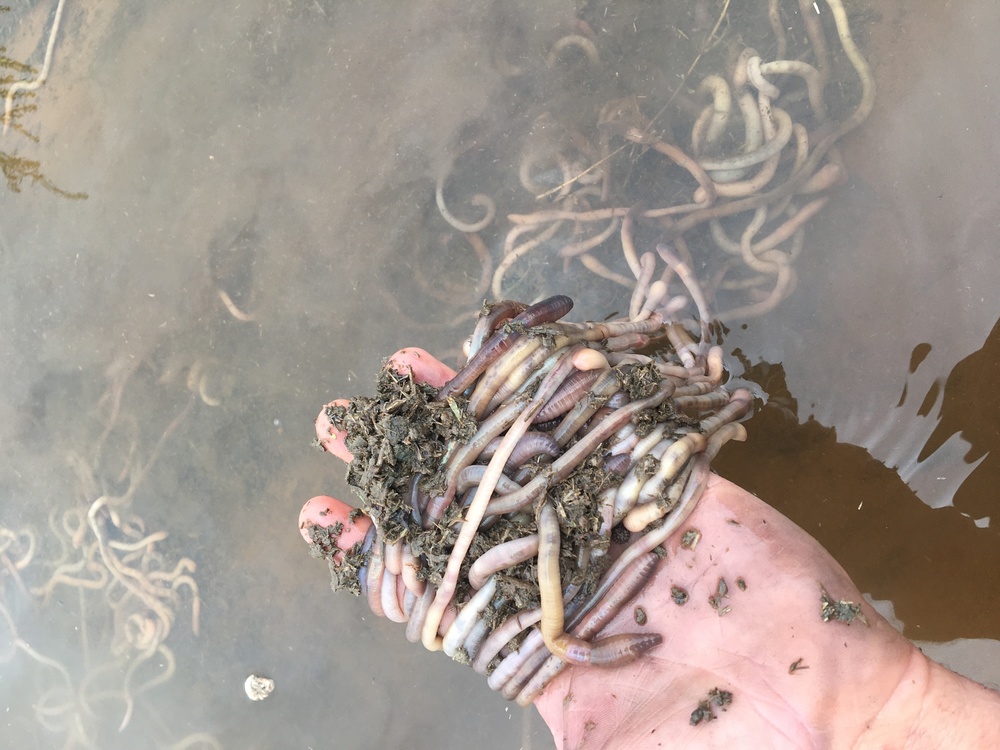Leaving behind the wettest November on record
Laura Williams
02 December 2021, 6:15 AM
 Farmer Henry Taylor is one of hundreds of farms across the Western Plains that doesn't have the capacity for more December flooding. (Supplied)
Farmer Henry Taylor is one of hundreds of farms across the Western Plains that doesn't have the capacity for more December flooding. (Supplied)Last month was officially recognised as the wettest November in Australia since records began in 1900, with an average rainfall of 72 millimetres across the country.
With November completed, the beginnings of summer are bringing are bringing warmer temperatures and with it, perhaps some semblance of normal to the region after a chaotic month.
The beginning of December yesterday was marked with an average temperature of 22 degrees across the Western Plains.
Despite the turn towards warmer weather, the marking of summer fell well below December 1 last year, where Walgett recorded 48.8 degrees, the highest temperature of the month across Australia.
Today’s temperatures in towns across the region leaned further into the heat, with towns like Coonabarabran, Walgett, Coonamble, Nyngan, and Cobar all expected to soar to over 30 degrees.
The rising temperatures will be accompanied by above average relative humidity, including 91 per cent in Coonabarabran, 88 per cent in Lightning Ridge and 63 per cent in Trangie.
The shift in temperature and humidity could see an increased risk of thunderstorms over the weekend as another trough moves through the region and the flood waters may not see the originally predicted opportunity to escape.
Gulargambone farmer Henry Taylor who already saw 178 millimetres of rain fall on Tuesday evening said that any further rainfall would go straight into the waterways.
“The soil is fully saturated. Any additional rain would just flow across the country and into the creeks,” Mr Taylor said.
“Basically, all the paddocks are covered in water, there’s really only a few ridges where stock are able to get out of the water,” he said. 
After the rain, earthworms emerged from the saturated soil (Image: Henry Taylor)
The lower temperatures that came from summer last year are unsurprising given that NSW experienced the wettest December in 2020 since 2010.
While last year was a reprieve from the summer heat we know too well, there is a 60 per cent chance that Western NSW will see maximum temperatures be above median from December through to February.